- Dominik Škoda
- 25972 views
- 0 comments

Do you know who is the father of the popular flat white coffee? And what's the story behind this sought-after coffee drink today?
The search for the roots of the drink known as flat white takes us back to the proto-foreigners and we have to go back in time to the second half of the last century. The year was 1985 when the owner of a Sydney café noticed that the popularity of the cappuccino was slowly waning. His customers were increasingly returning to the traditional espresso. So Alan Preston started offering a coffee specifically for them at his Moors Espresso Bar, which he named the flat white.
Simplicity is power
What is a flat white? When two espressos and whipped milk meet, a flat white is born. Some sources refer to New Zealand as the country of origin, but today we'd be hard pressed to track down relevant historical sources. In the end, it's not so much about where the flat white comes from as whether its taste and specific characteristics live up to your expectations.
What should you know to prepare it?
- The key to success is choosing premiumcoffee when making espresso, take inspiration from our range.
- Also help you with choosing the coffee machine to make the best espresso.
- Milk should be used whole milk; those who prefer plant milks can, of course, reach for soy, oat or other milks. You can buy milk alternatives for coffee in the highest quality.
- Whoever is thinking about latte art should definitely start by getting a quality milk jug.
Recipe for flat white coffee
- Make two espressos to pour into a cup or special glass.
- Whisk the milk to a temperature of around 60°C. There is no harm in using a special thermometer.
- Have you noticed how experienced baristas hit the whipped milk jug against the counter and then give it a little wiggle? Be sure to do that too. The milk will be smooth, velvety and you'll get rid of unwanted bubbles.
- Pour the milk carefully into the coffee.
- If you dare to be artistic, you can try the so-called latte art and pour the milk into the coffee to create all sorts of shapes.
Flat white vs. cappuccino comparison
The difference between flat white and cappuccino (cappuccino) coffee lies primarily in the layer of milk and foam used to prepare them. A flatwhite consists of espresso mixed with milk enriched with a fine foam, giving it a smooth and velvety consistency. Cappuccino is a traditional Italian coffee drink that consists of espresso, hot milk and then a layer of thick milk foam. The layer of foam on top of the cappuccino is usually more pronounced than in a flat white and often has some sort of cocoa or cinnamon pattern on top. While the flat white provides a more subtle and less intense flavour, the cappuccino offers a stronger contrast between the coffee and the milk foam.
Flat white vs. latte comparison
Flat white and latte are two popular types of coffee drinks. The main difference is the ratio of coffee, milk and milk foam. Latte contains more milk, which makes it less intense and has a greater volume of milk foam on top. In this way, a latte is often served in a larger glass or cup, while a flat white is usually served in a smaller wide cup.

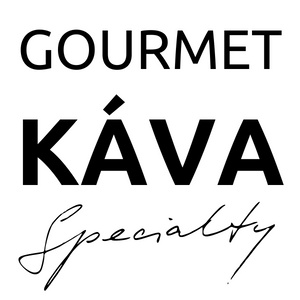
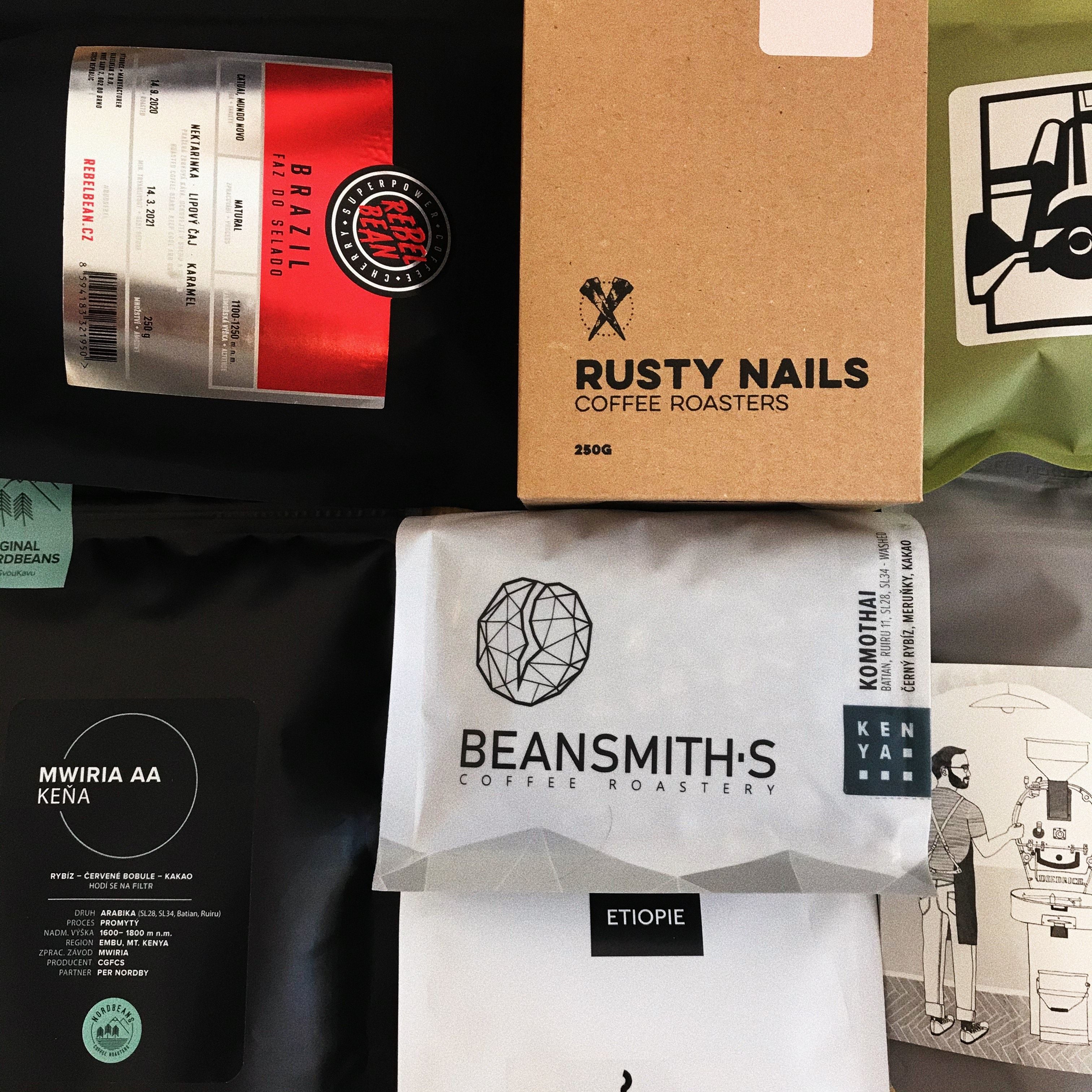
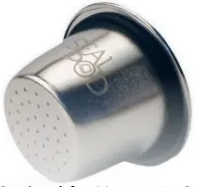
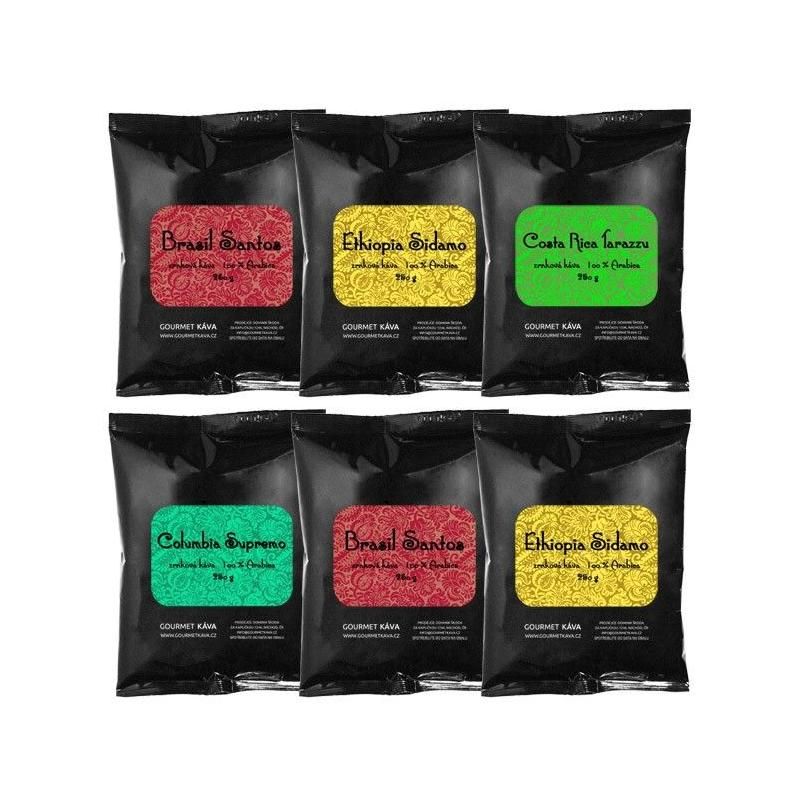

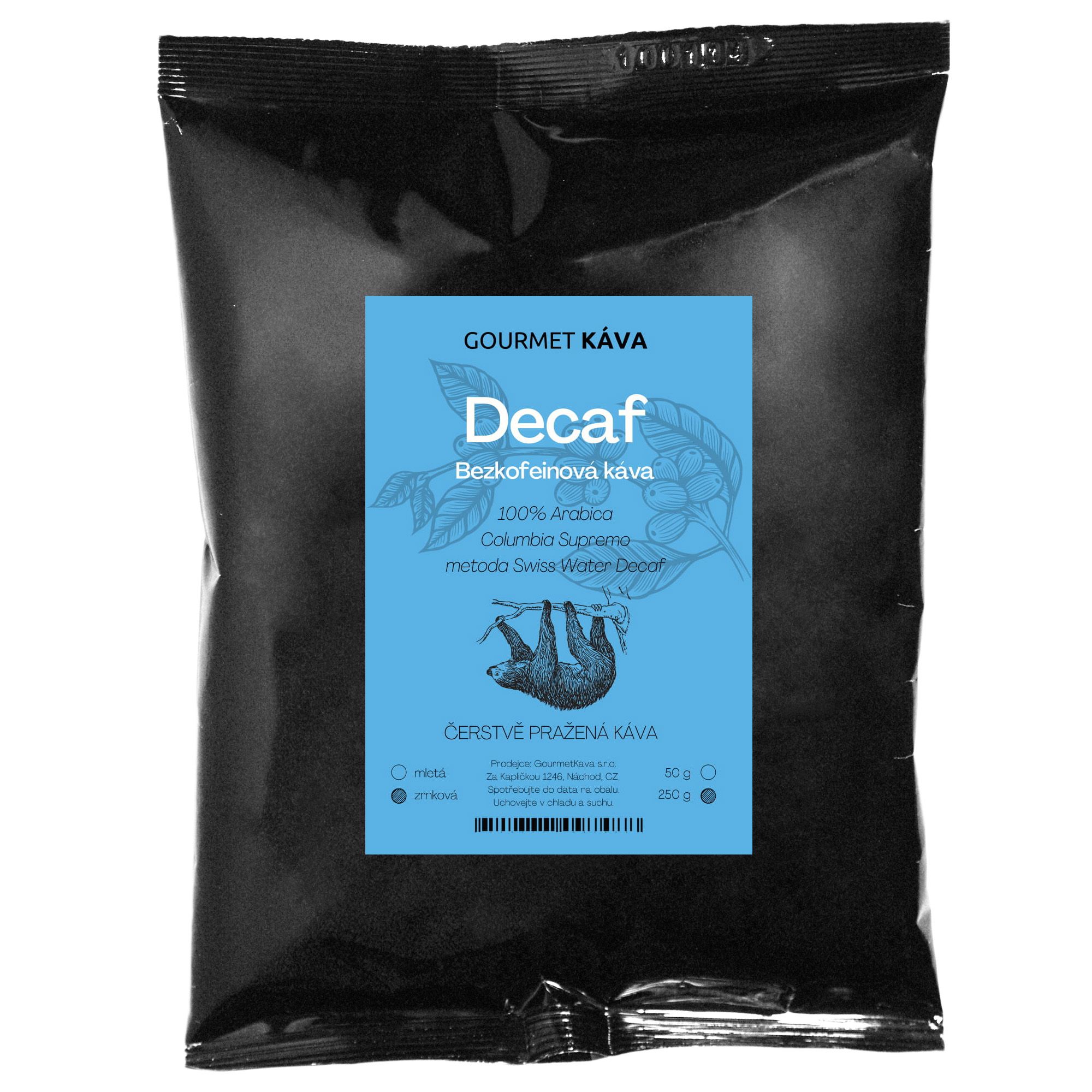


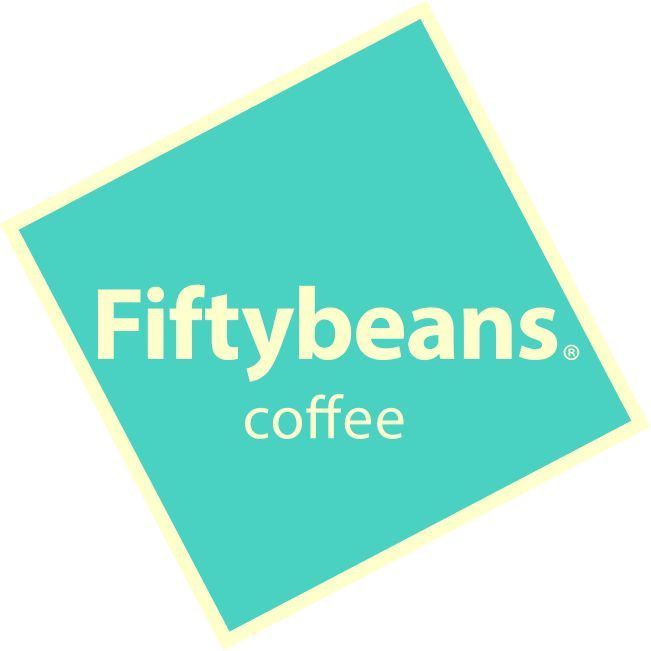

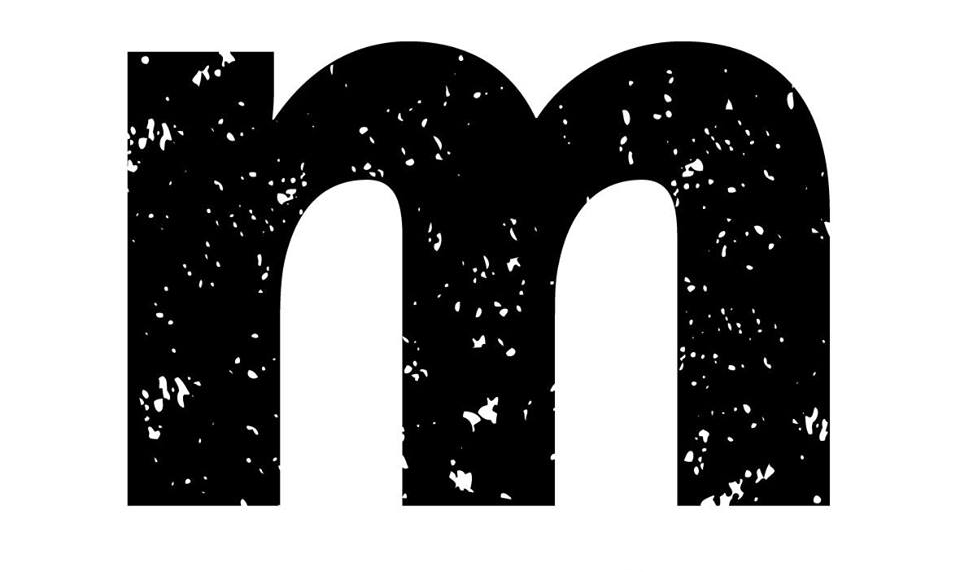
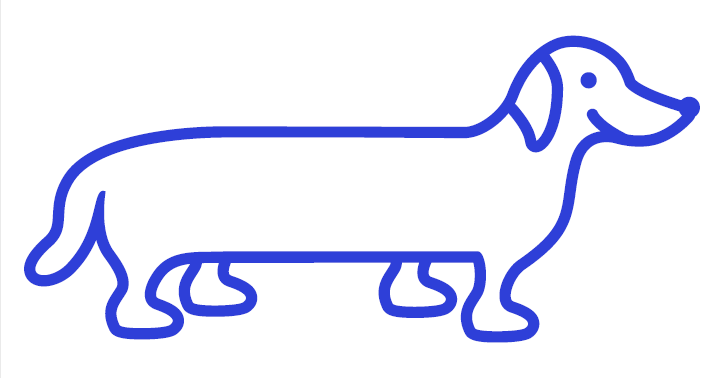

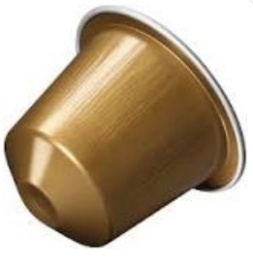
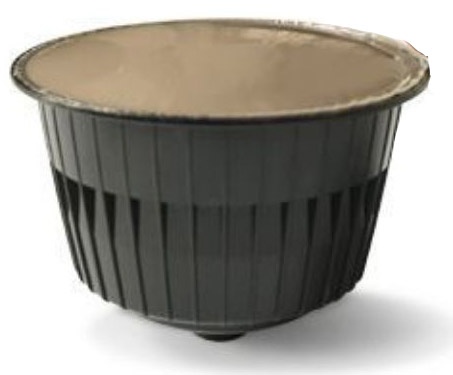

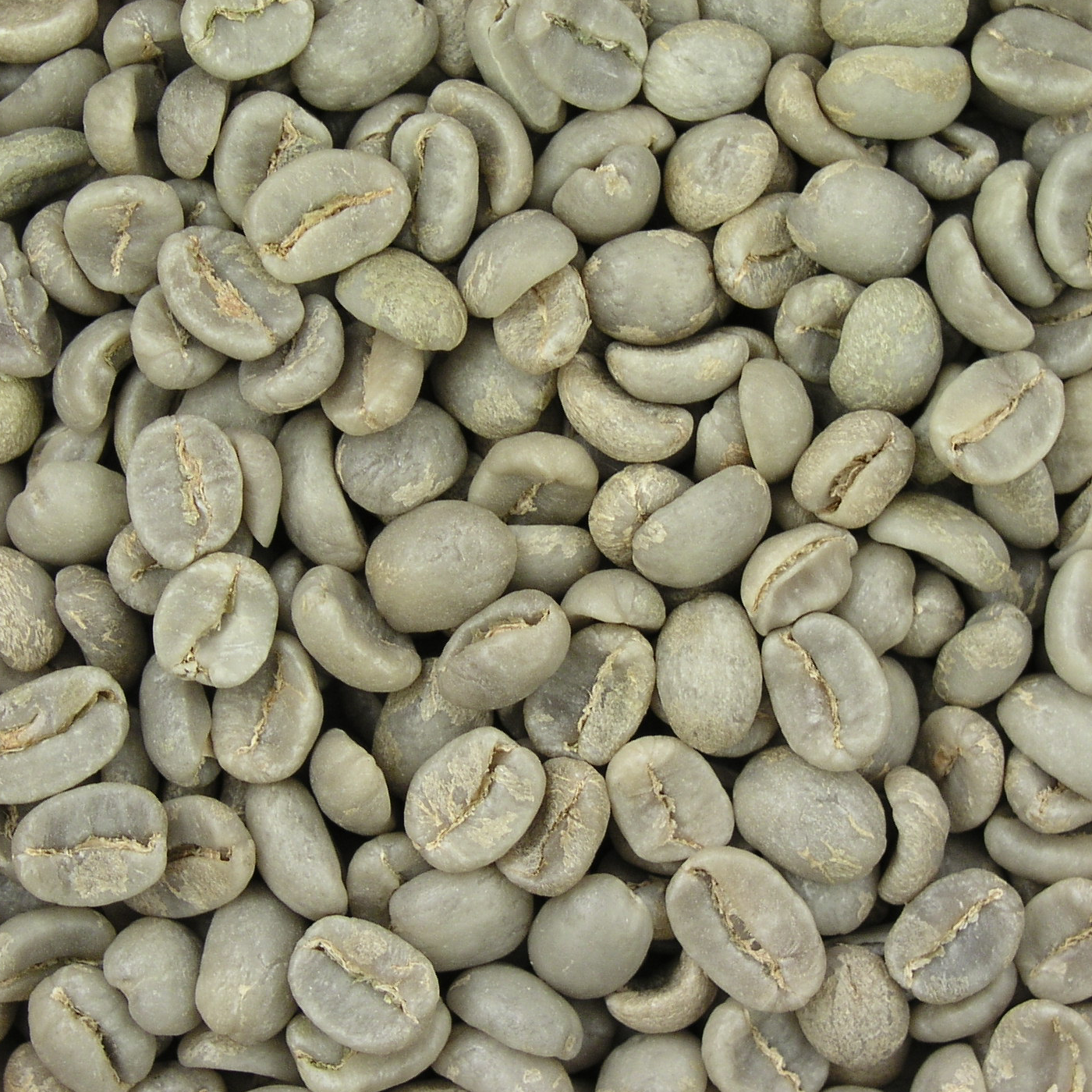

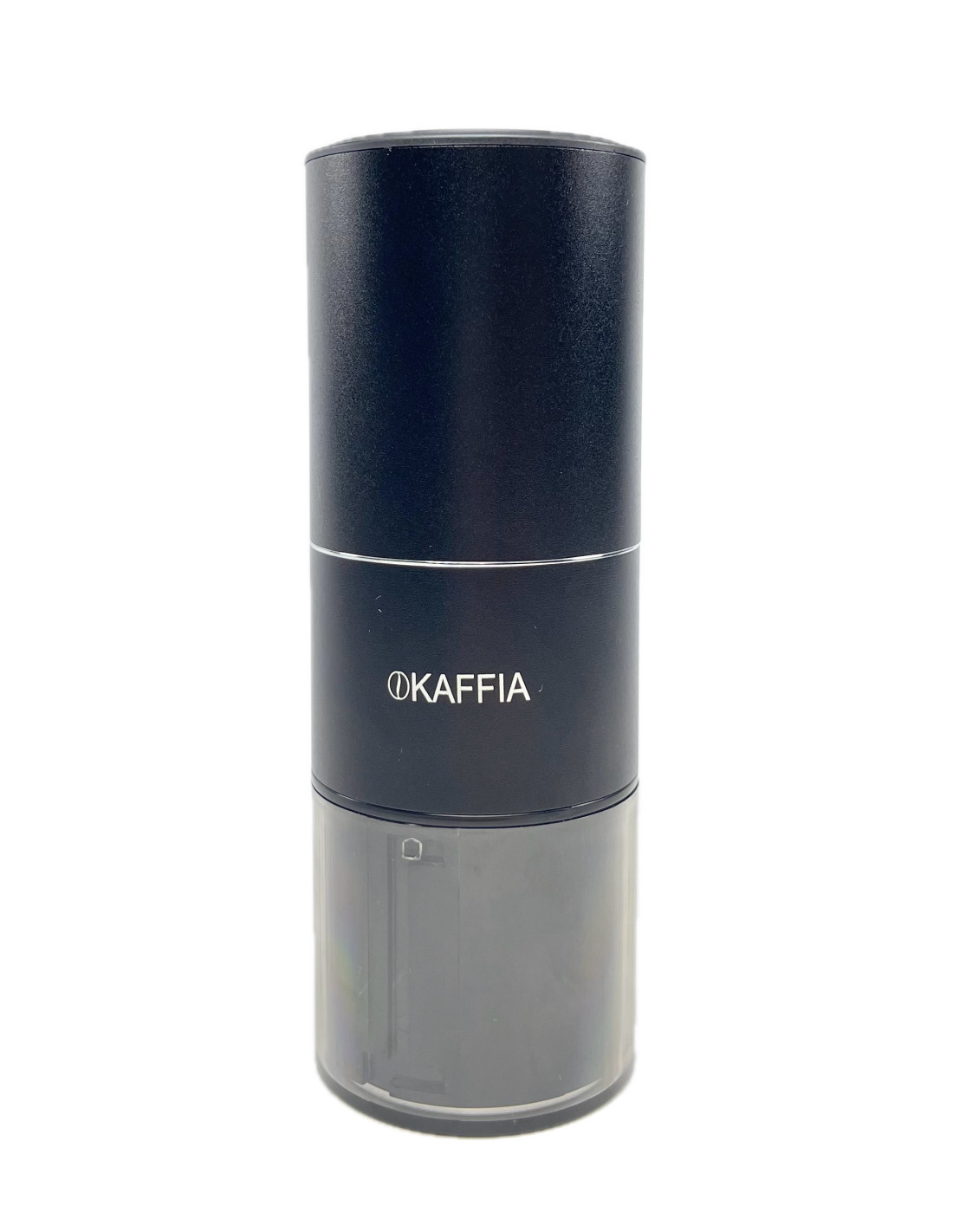
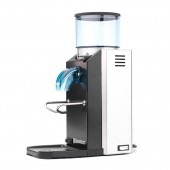

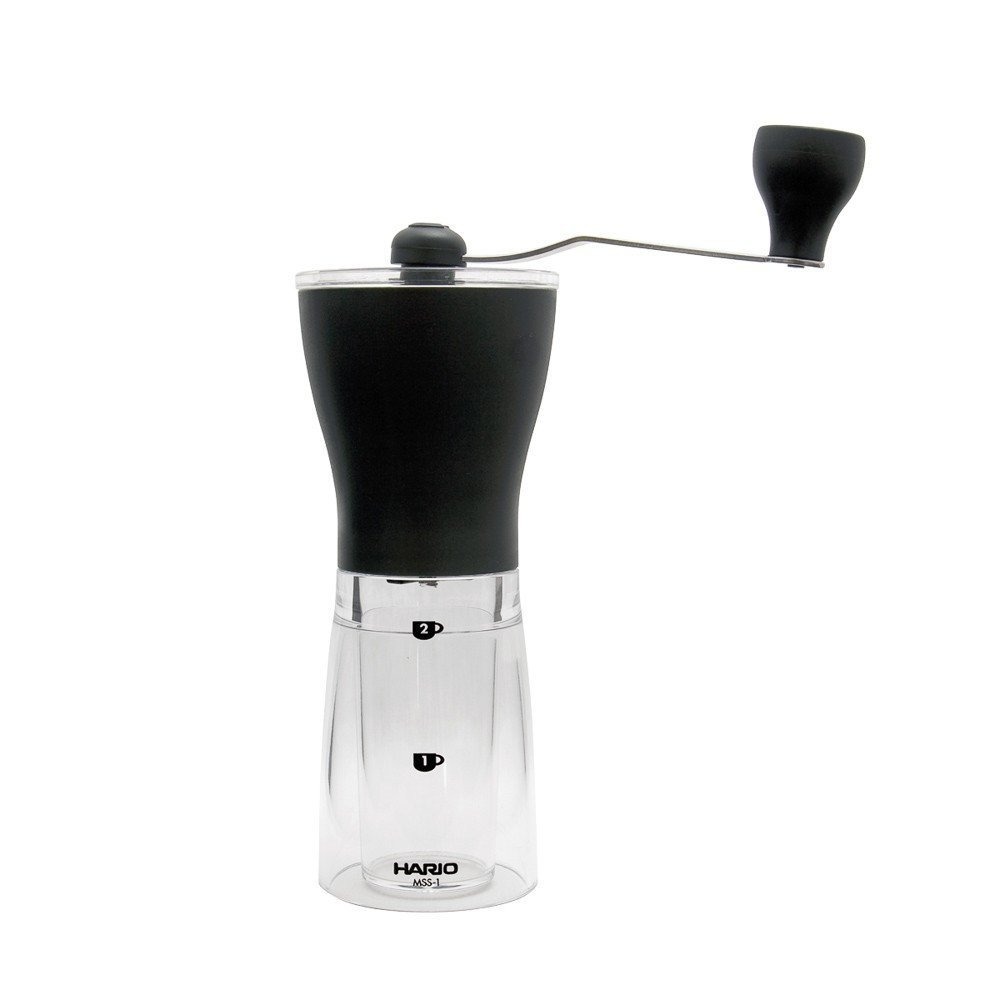
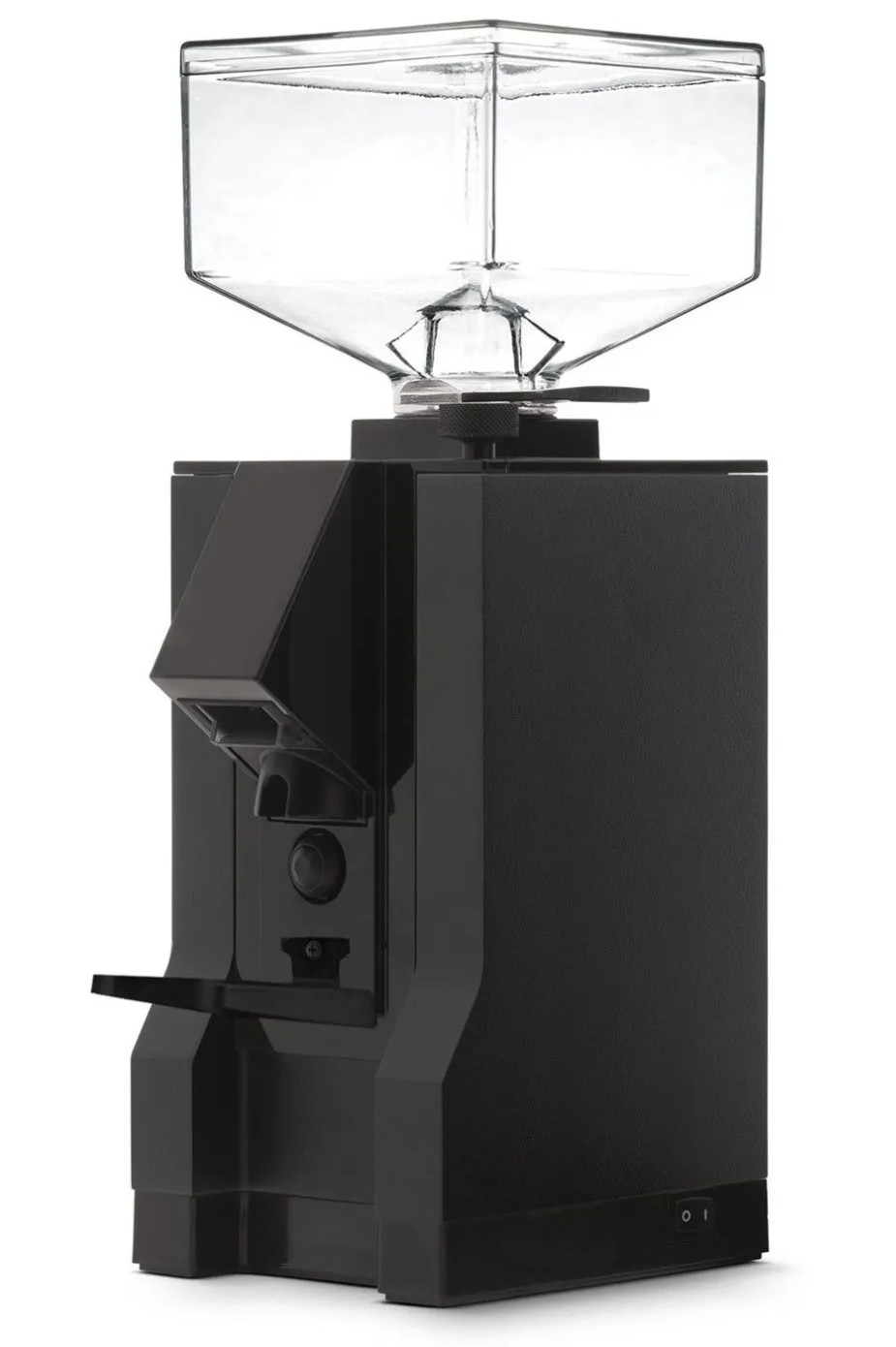
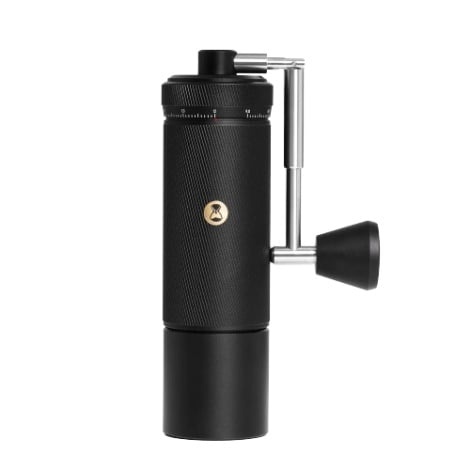
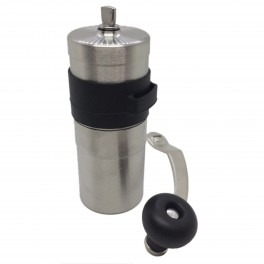
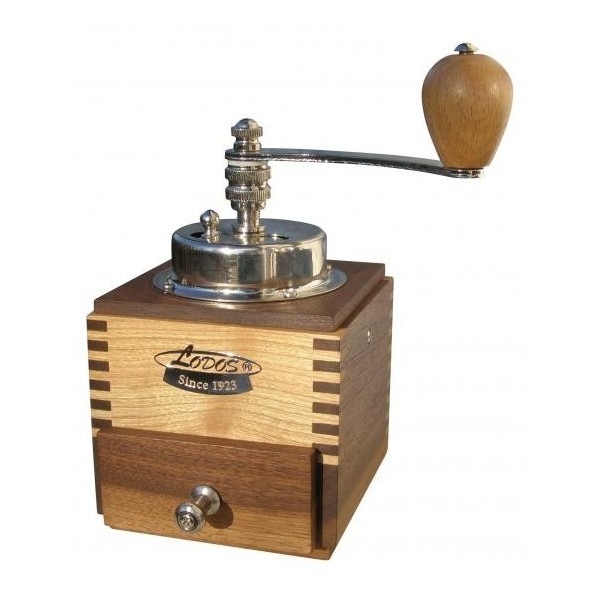
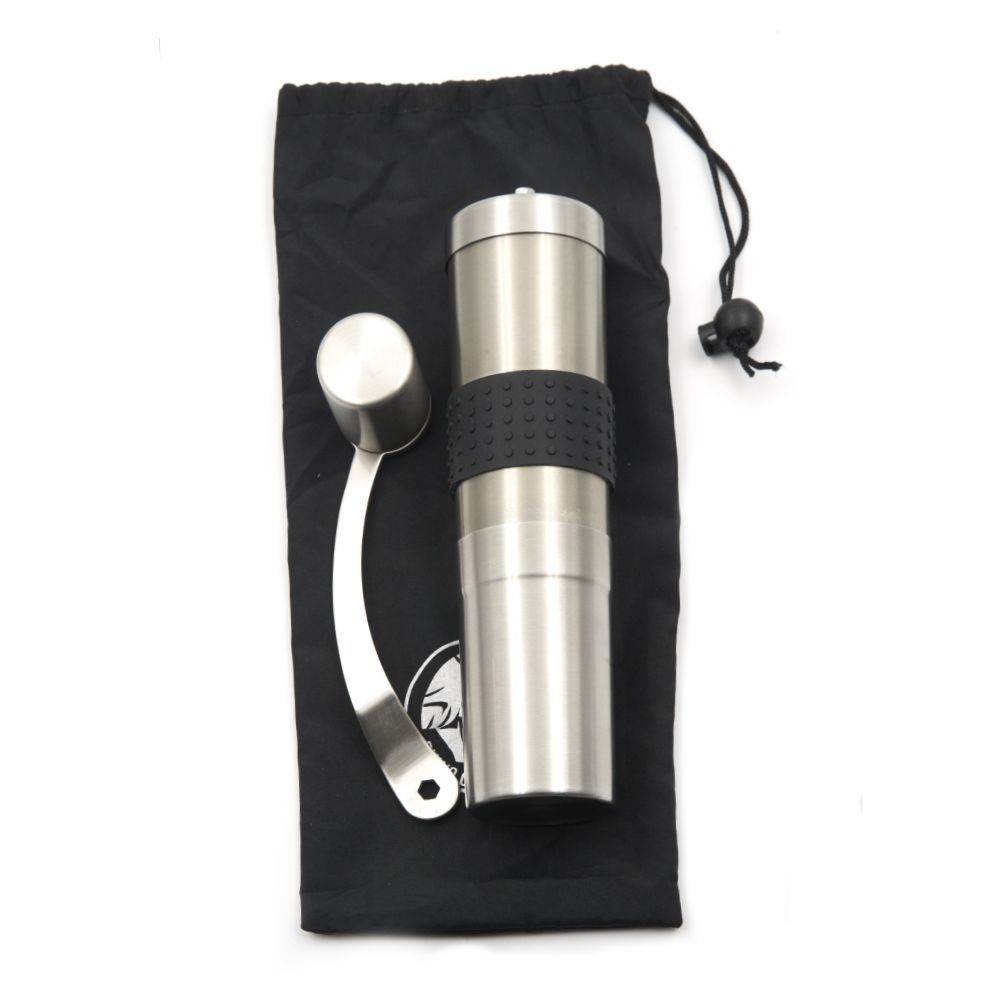
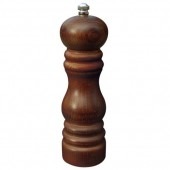




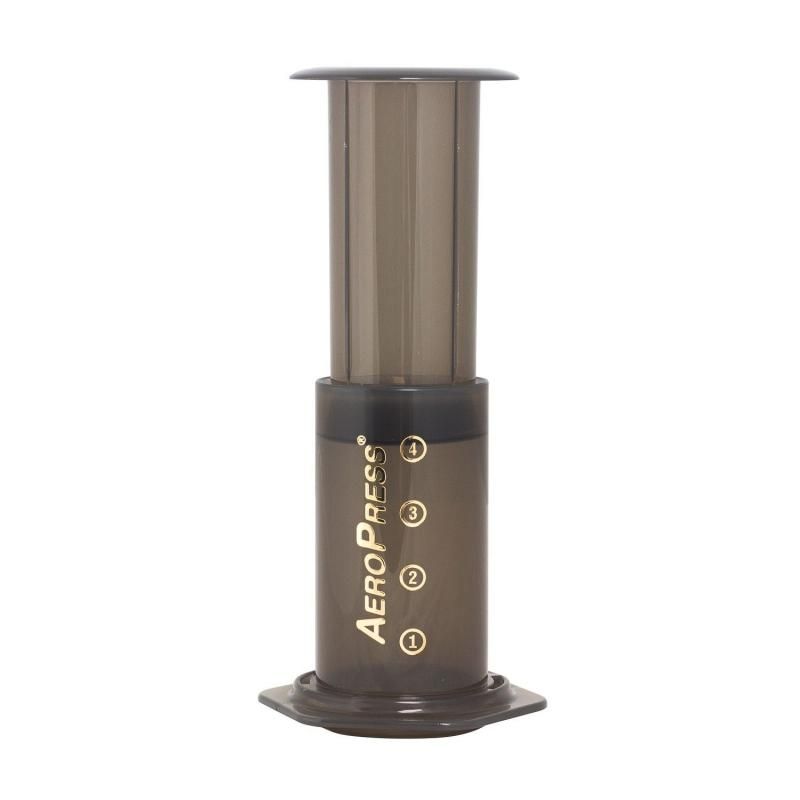
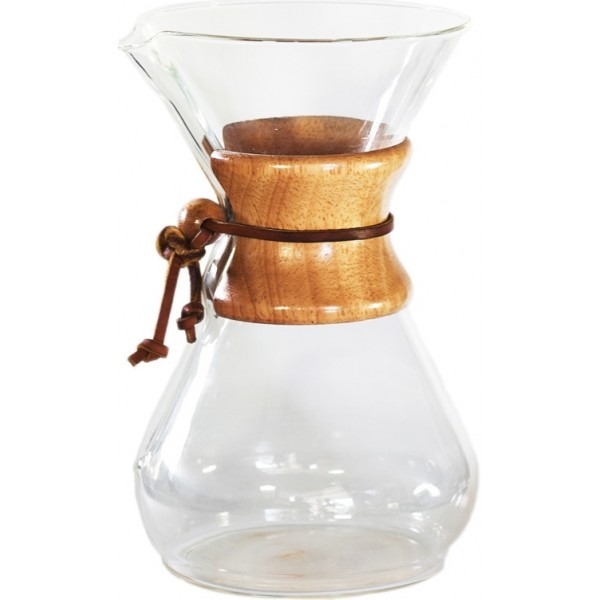
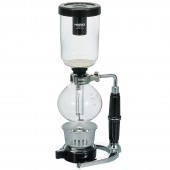
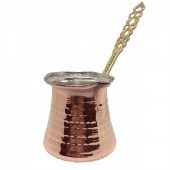
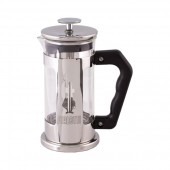
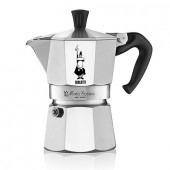
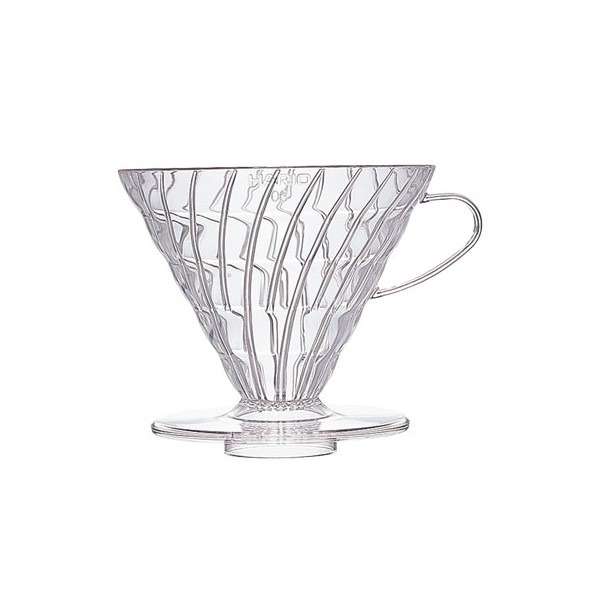

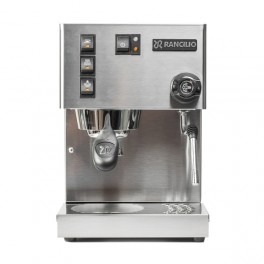
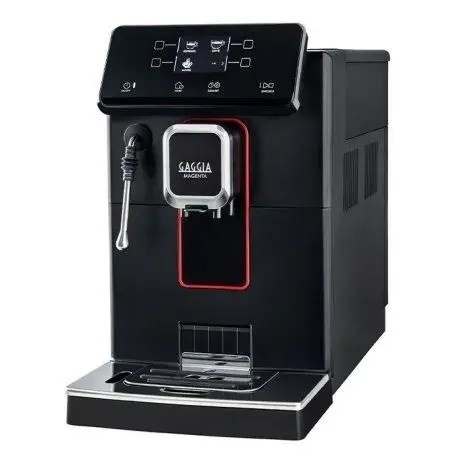
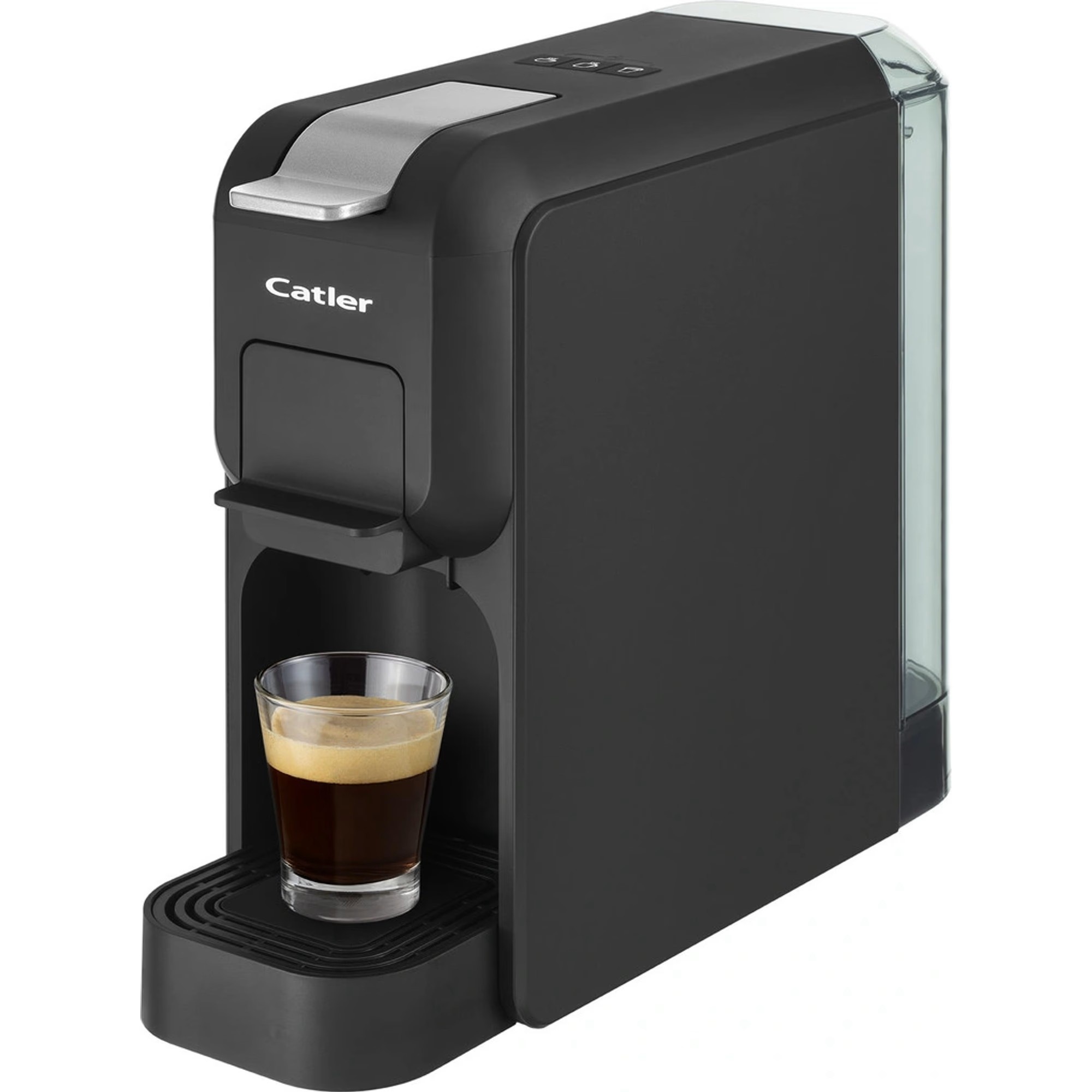
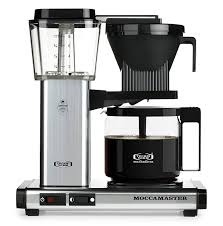

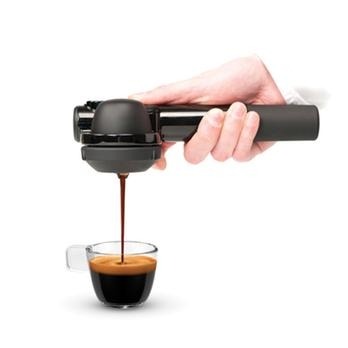


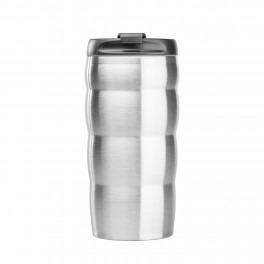
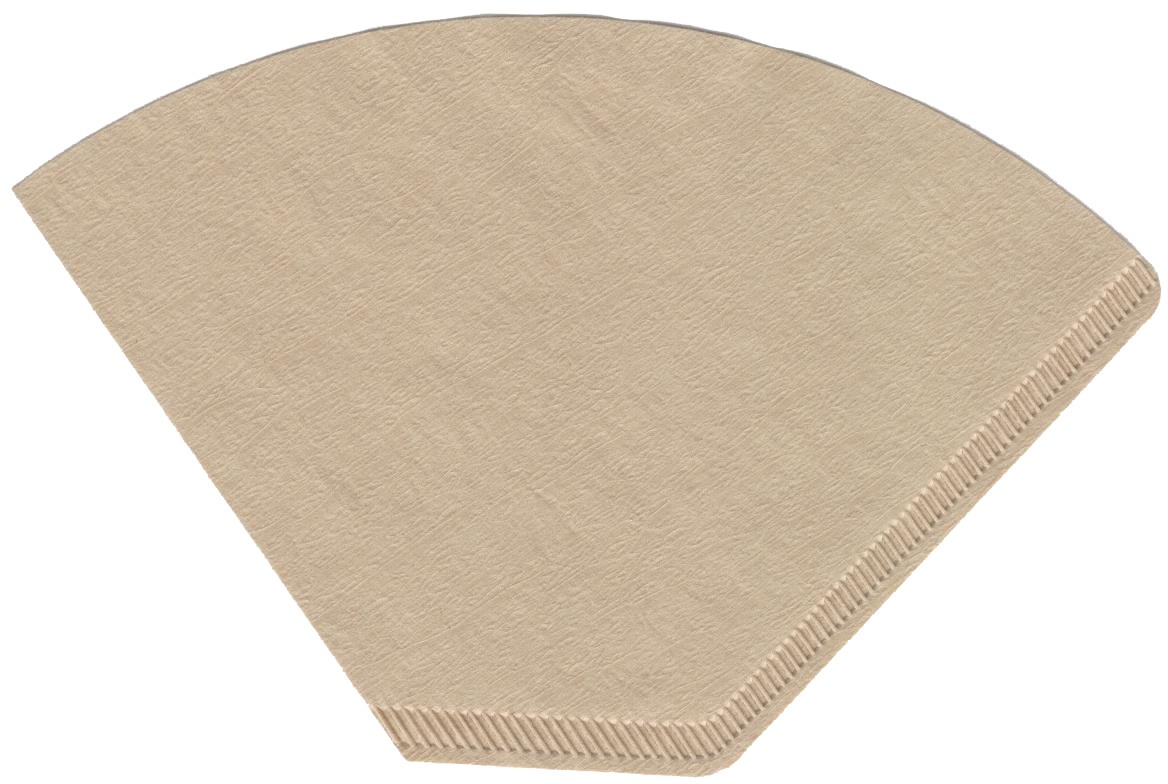
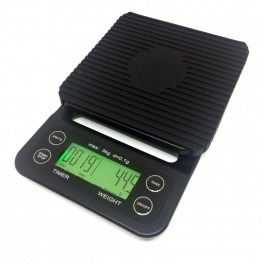
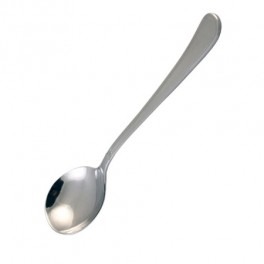
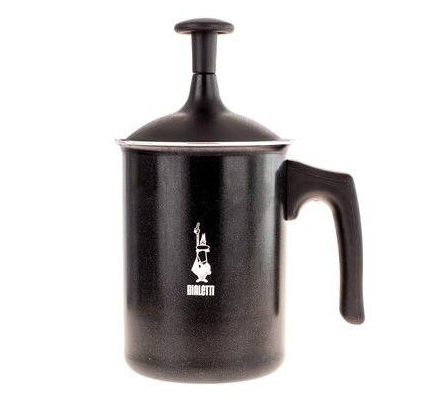
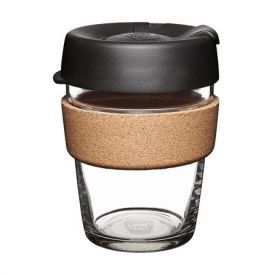
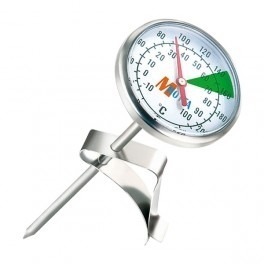
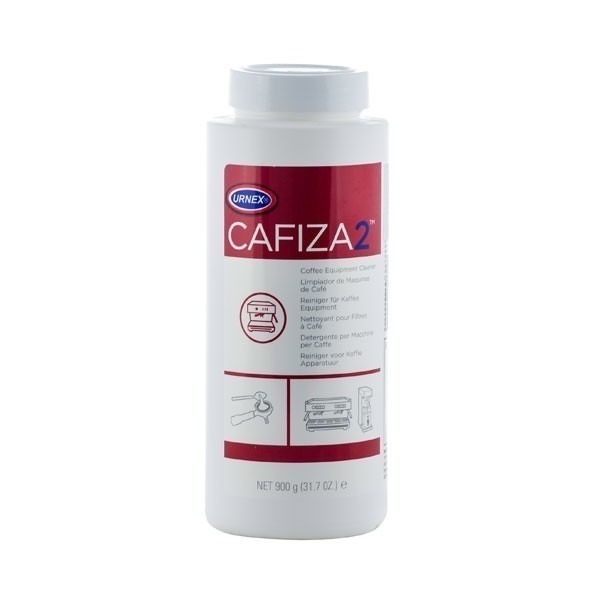
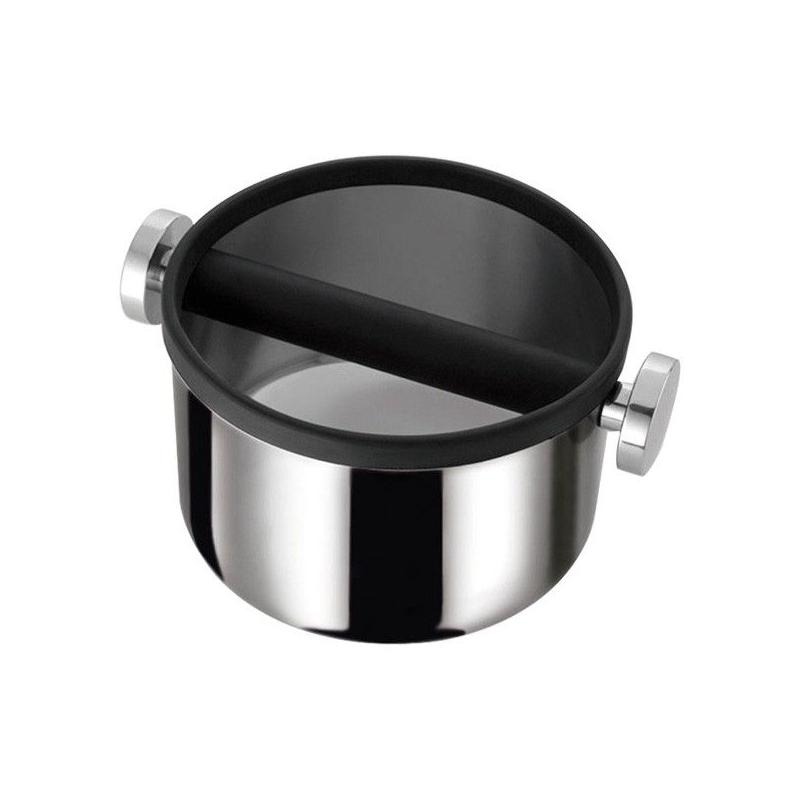
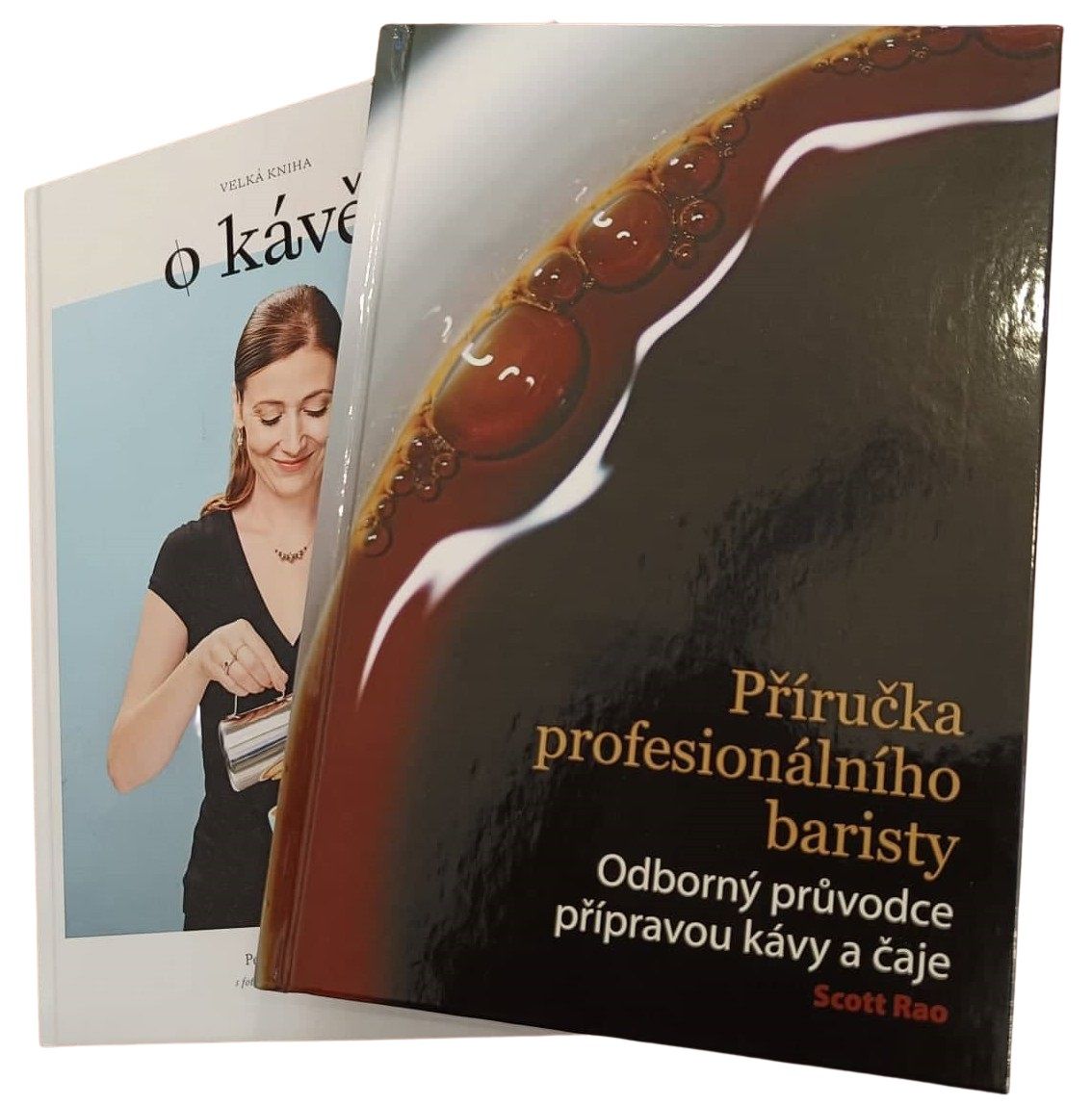
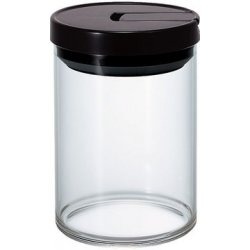
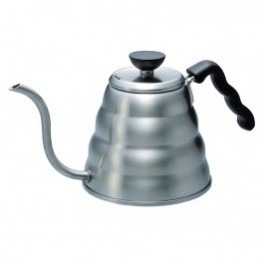
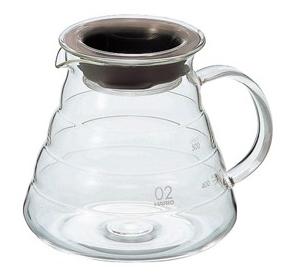
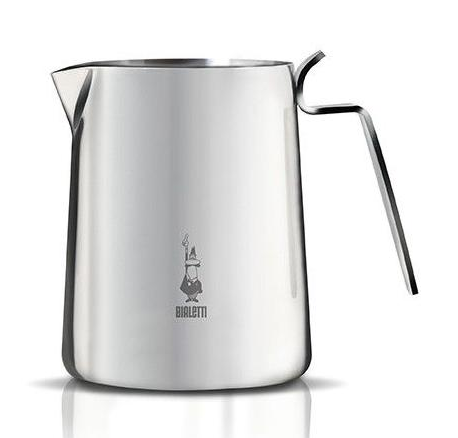
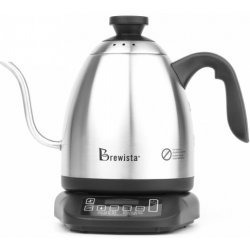

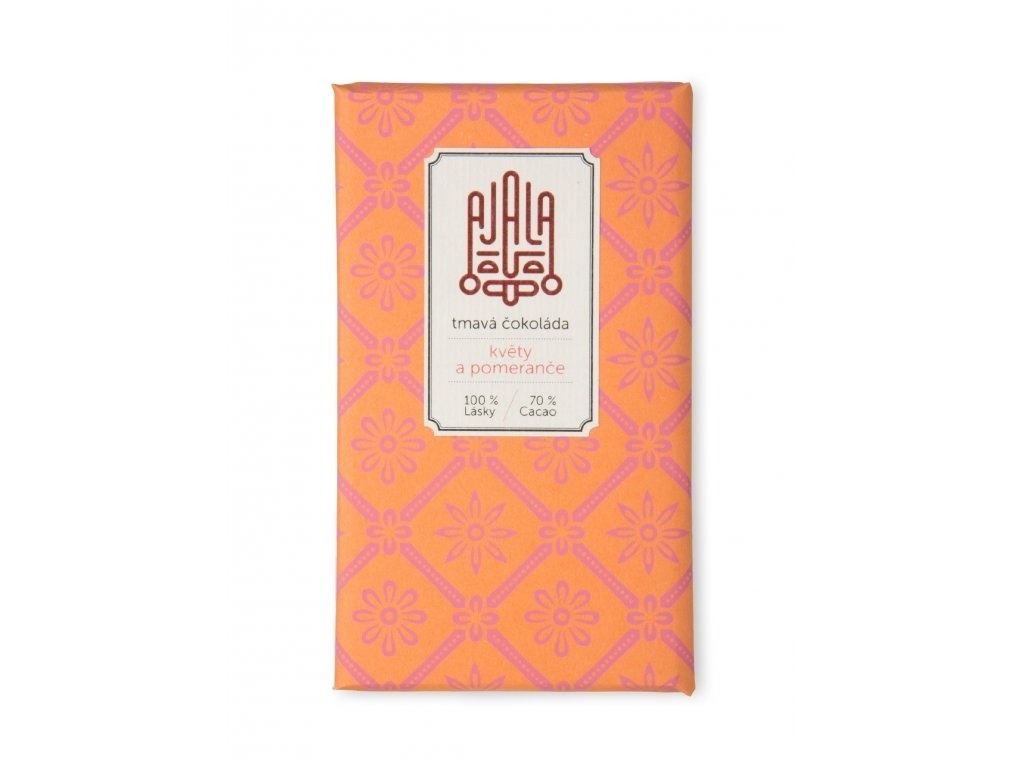
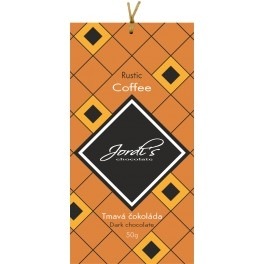
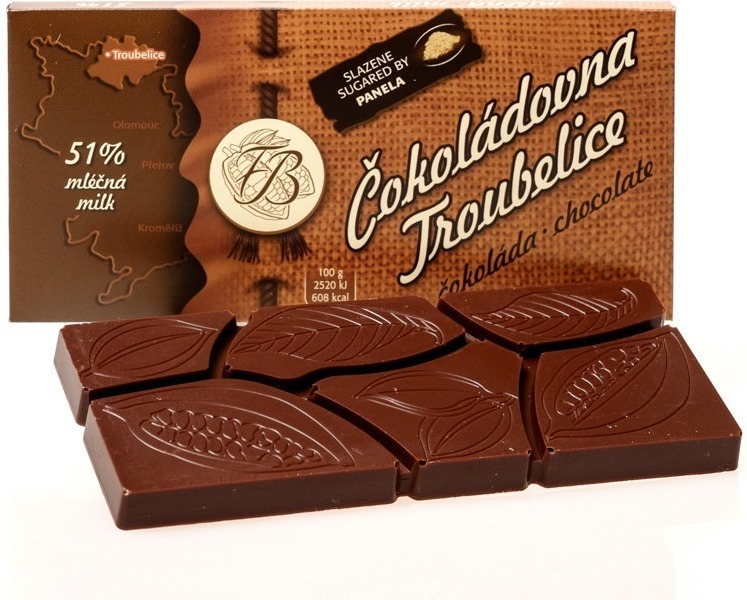




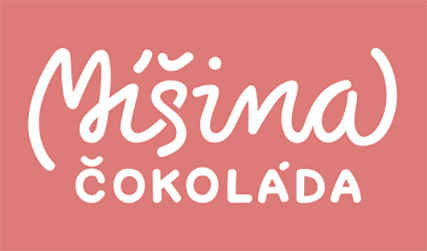

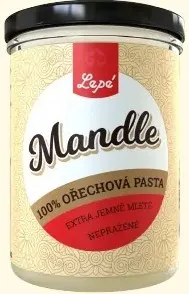
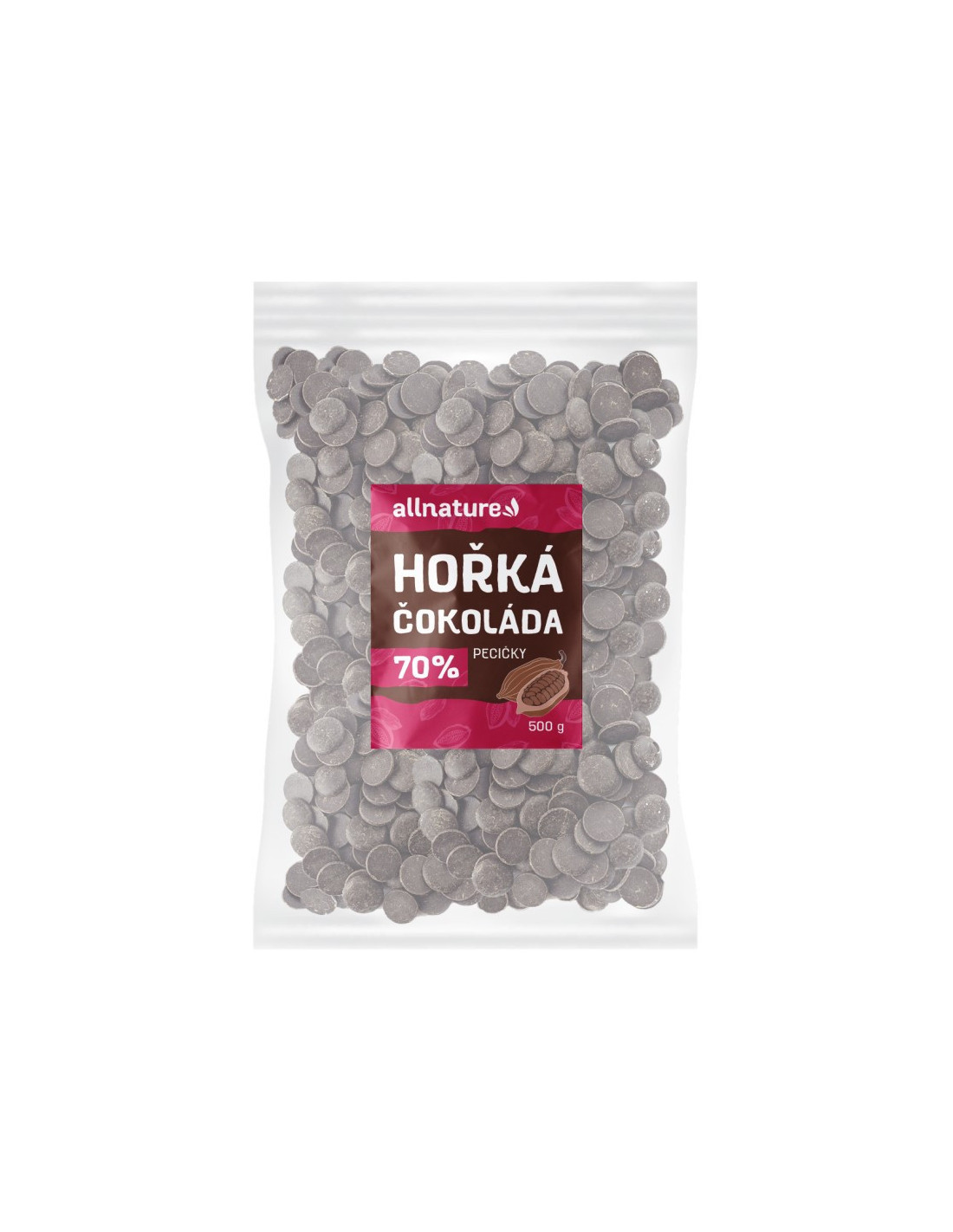

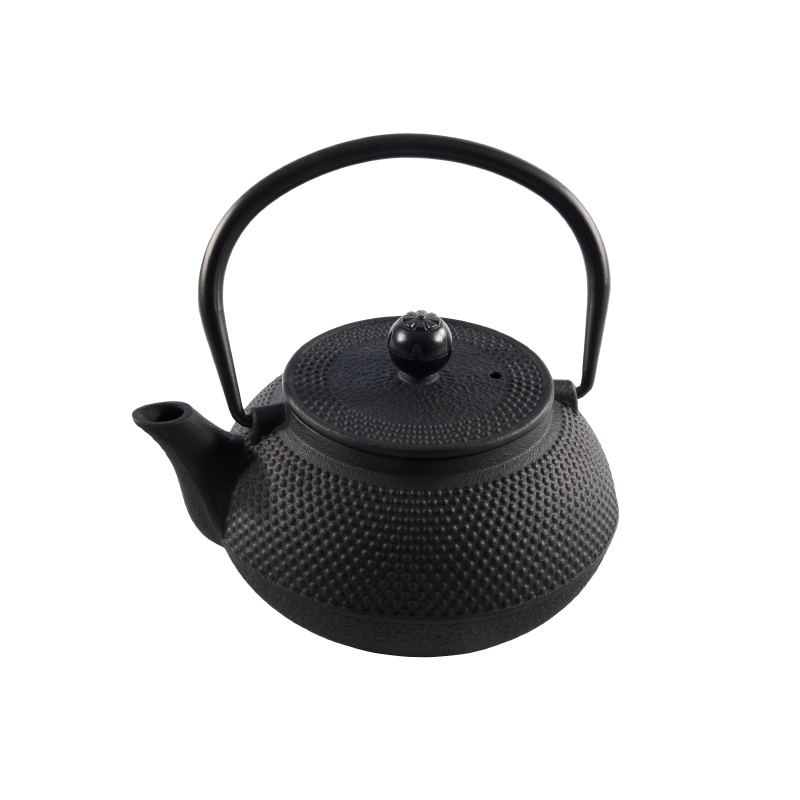

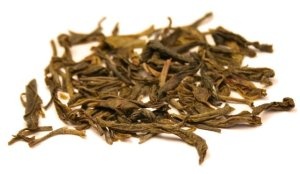
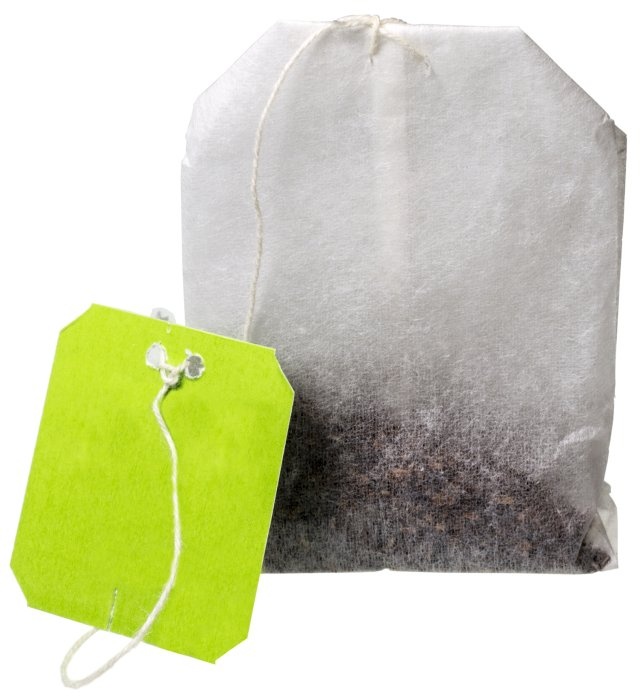
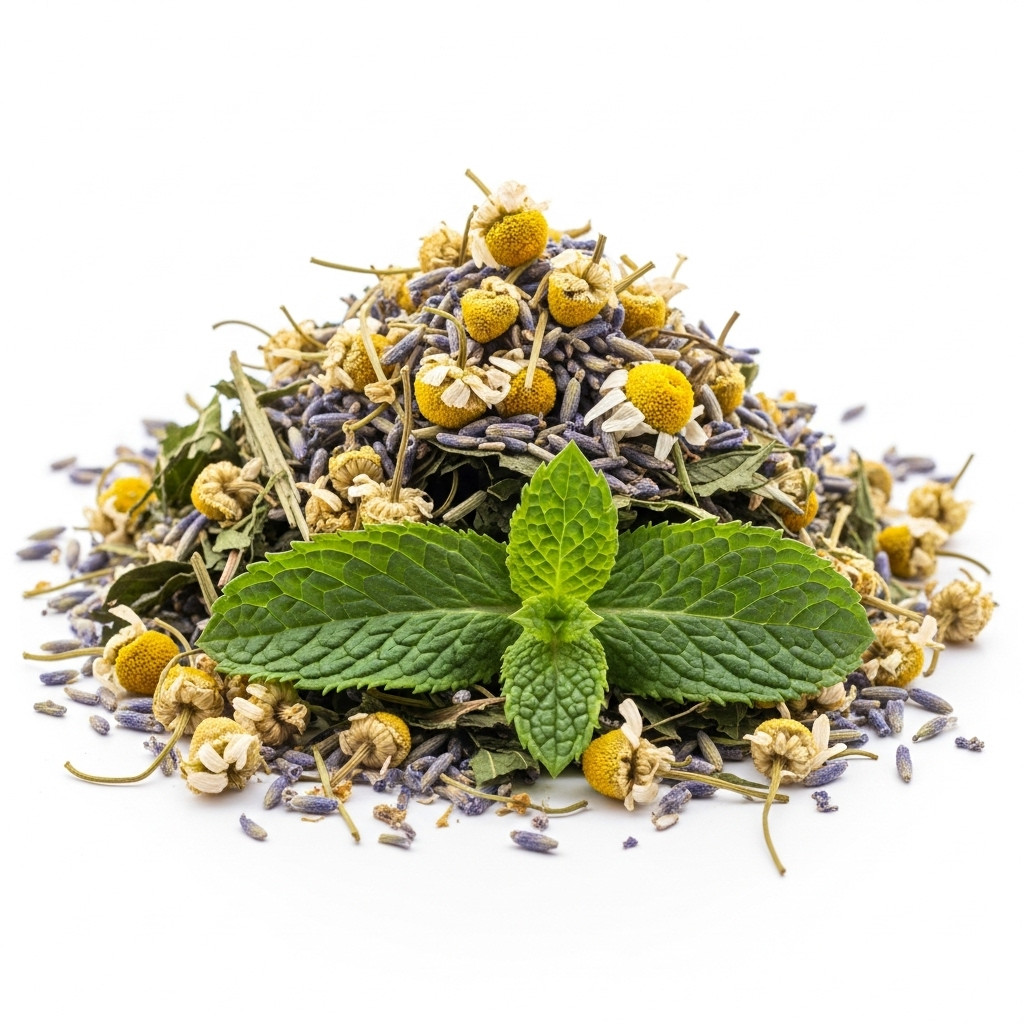
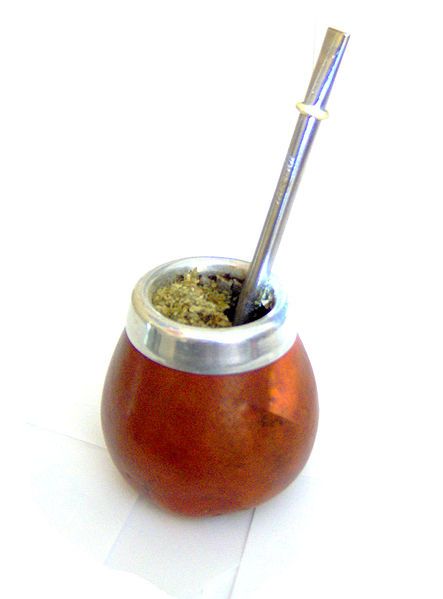
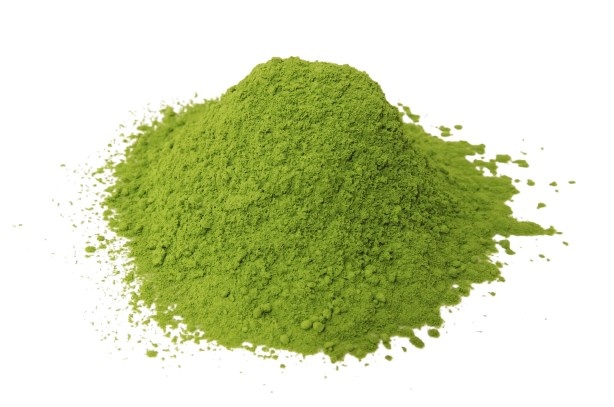

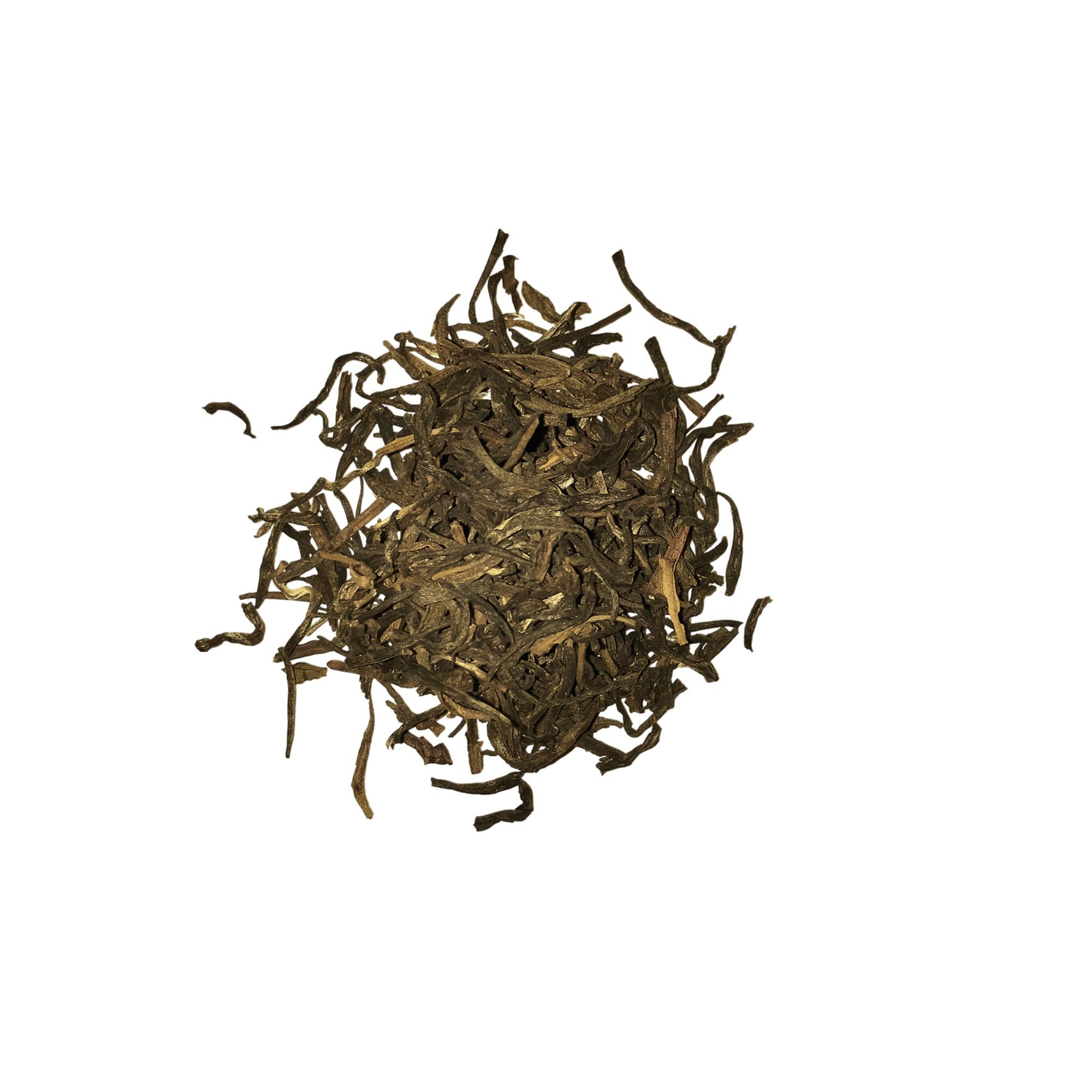
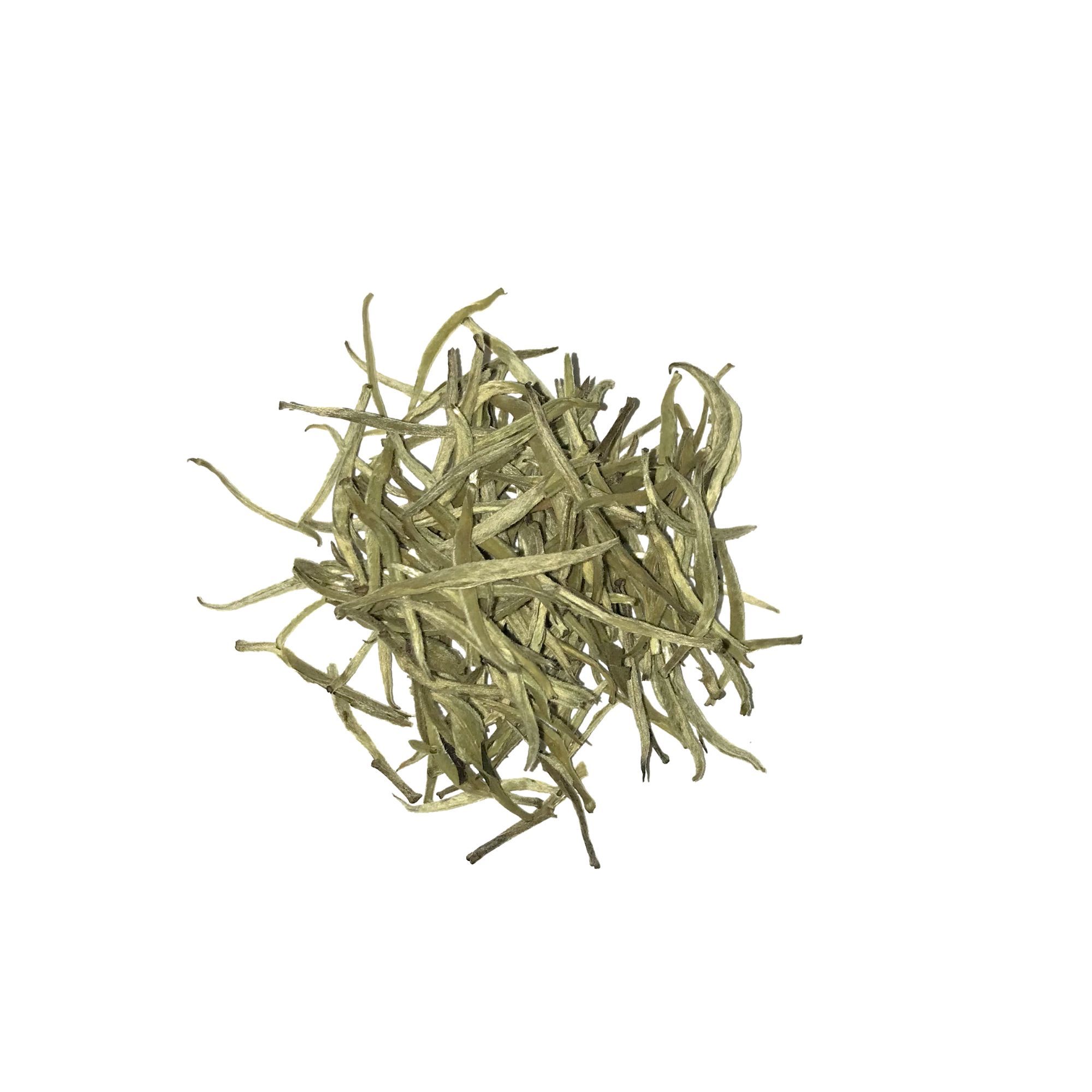

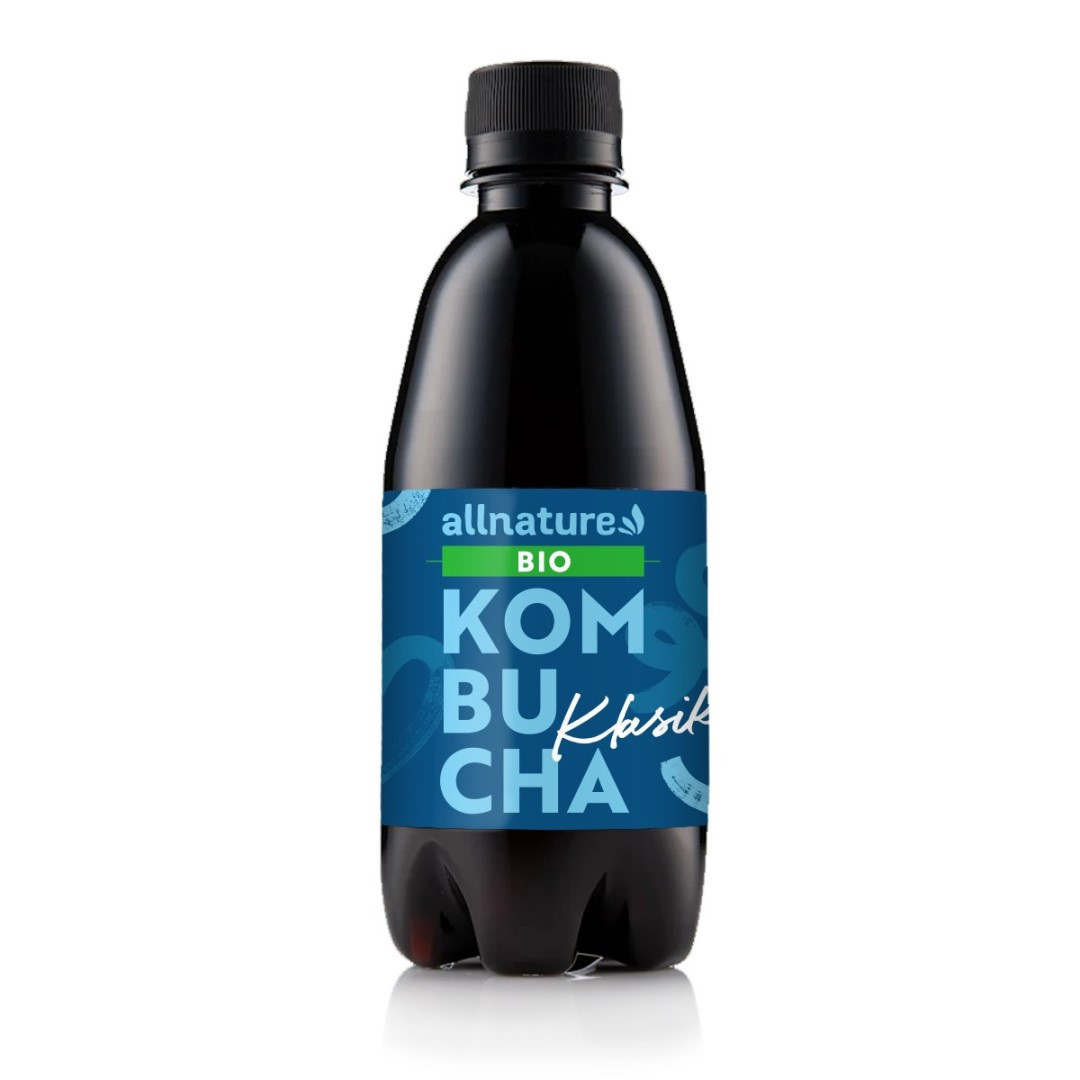
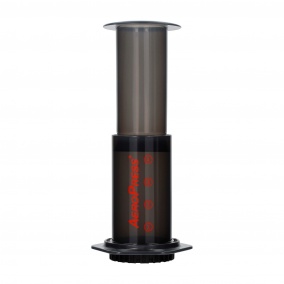

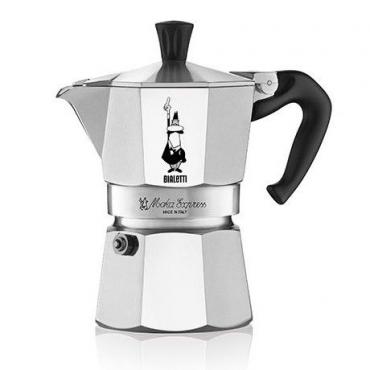


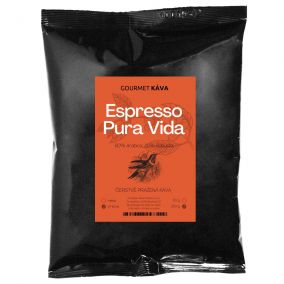


Comments (0)